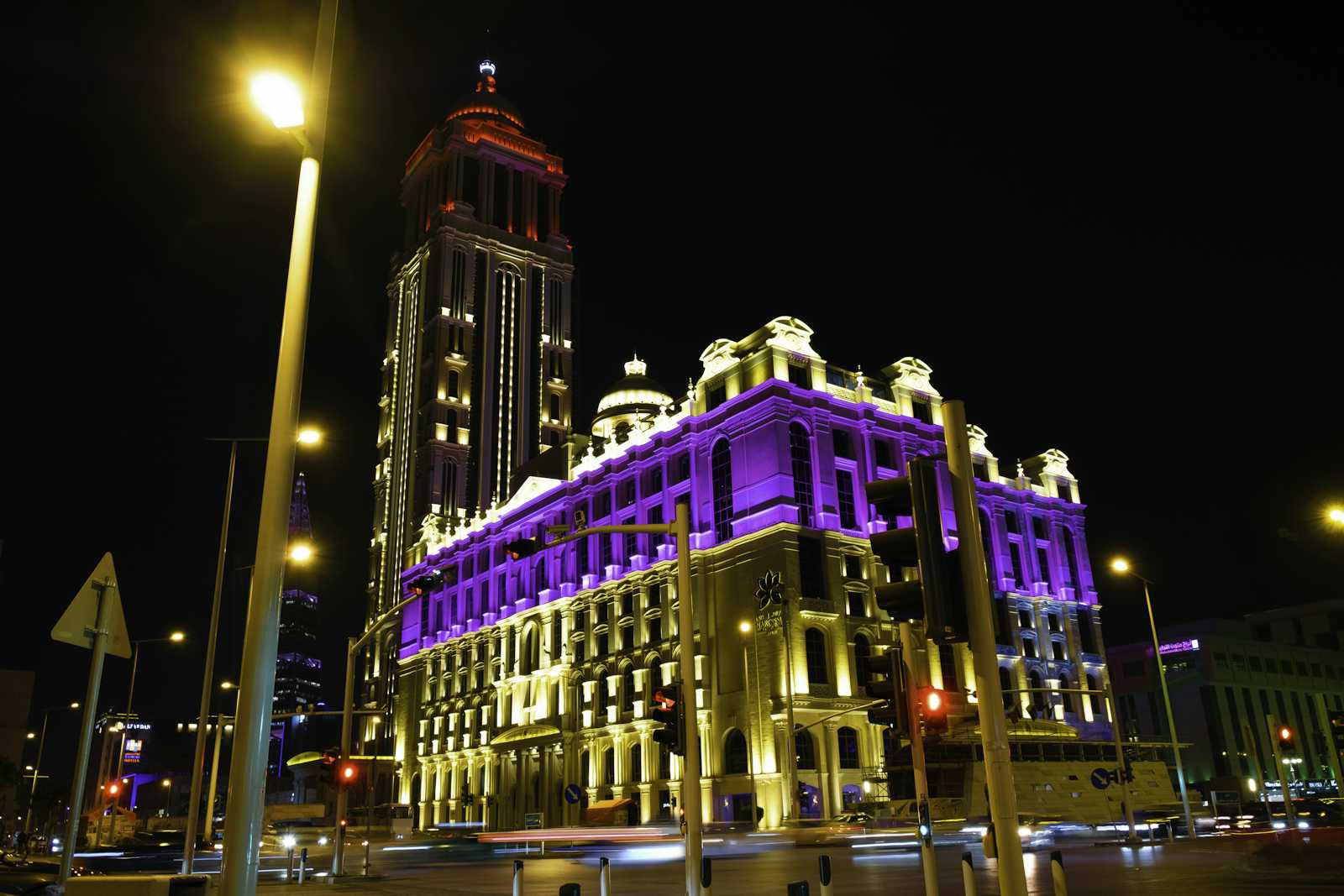Illuminating the Future: Solar Street Lights as a Sustainable Solution for Smart Cities
 Arnab Kabasi
Arnab Kabasi
As the global population becomes increasingly urbanized, the concept of "smart cities" is evolving as a blueprint for sustainable, efficient, and livable urban spaces. One pivotal element in this transition is rethinking how we light our streets. Solar street lights, a marriage of renewable energy and modern technology, are emerging as a game-changer in the quest for greener cities. These eco-friendly lighting solutions not only reduce environmental impact but also offer cost-effectiveness, energy independence, and reliability. Here’s why solar street lights are the sustainable backbone of tomorrow’s cities.
The Need for Smarter Lighting
Traditional street lighting systems, reliant on grid electricity, consume massive amounts of energy and contribute significantly to urban carbon footprints. Moreover, maintaining such systems is costly, especially in remote or underserved areas where infrastructure expansion can be challenging.
Enter solar street lights: an innovative, off-grid solution powered by the abundant energy of the sun. By integrating solar panels, LED technology, and smart controllers, these lights offer a sustainable alternative that aligns perfectly with the ethos of smart cities—energy-efficient, connected, and adaptive to the needs of their inhabitants.
How Solar Street Lights Work
At the heart of solar street lighting lies a straightforward yet effective process. During the day, solar panels absorb sunlight and convert it into electrical energy, which is stored in a rechargeable battery. At night, this stored energy powers high-efficiency LED lights, ensuring well-lit streets without drawing electricity from the grid. Advanced models come with motion sensors, timers, and dimming capabilities, optimizing energy use and enhancing security.
The Environmental Edge
One of the most compelling arguments for solar street lights is their environmental impact—or lack thereof. By leveraging renewable energy, these lights eliminate greenhouse gas emissions associated with conventional lighting. Additionally, the use of LEDs, which consume 75% less energy and last up to 25 times longer than incandescent bulbs, further minimizes resource wastage.
Moreover, solar street lights reduce the dependency on fossil fuels and lower the strain on national grids, creating a ripple effect that promotes overall energy sustainability. In a world grappling with climate change, these lights are a small but crucial step toward reducing humanity’s carbon footprint.
Cost-Effectiveness in the Long Run
While the initial installation cost of solar street lights might seem higher than traditional systems, their long-term economic benefits far outweigh the upfront investment. Once installed, these lights require minimal maintenance and incur no electricity costs, leading to significant savings for municipalities and private operators alike.
Furthermore, in areas without existing electrical infrastructure, solar street lights eliminate the need for costly wiring and trenching, making them an affordable choice for rural and remote regions.
Enhancing Urban Safety and Connectivity
Safety and connectivity are core principles of smart city design, and solar street lights contribute on both fronts. With consistent and bright illumination, they reduce accidents and deter criminal activities, fostering a sense of security in communities. The integration of IoT (Internet of Things) technology in some models allows real-time monitoring and remote control, ensuring optimal performance and quick troubleshooting.
Additionally, the adaptability of solar street lights makes them ideal for disaster-prone areas where grid-based lighting might fail. By providing uninterrupted lighting during emergencies, they contribute to urban resilience and preparedness.
A Vision for Smarter Cities
The adoption of solar street lights is more than a trend—it's a shift towards sustainable urban living. Cities around the world, from Copenhagen to Cape Town, are integrating these lights into their infrastructure to create energy-efficient, environmentally friendly, and tech-enabled public spaces.
For city planners and policymakers, solar street lights represent a tangible way to achieve climate goals while enhancing quality of life. For citizens, they symbolize a commitment to innovation and a greener future.
Final Thoughts
As we look ahead to a more sustainable future, solar street lights illuminate the path forward—literally and figuratively. By embracing this technology, smart cities can balance the demands of urban growth with the imperative to protect our planet. It’s time to rethink how we light our world and let the sun guide the way.
For more information visit Equitel Power.
Subscribe to my newsletter
Read articles from Arnab Kabasi directly inside your inbox. Subscribe to the newsletter, and don't miss out.
Written by
